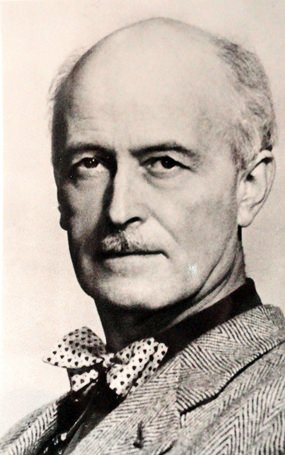You might be surprised to know that apart from all his symphonies, concertos and operas, Mozart also wrote quite a lot of what we’d describe as background music. It was intended to fulfill much the same purpose as today’s piped music that pervades most restaurants and supermarkets. I don’t know about you but I simply cannot understand why restaurant and bar owners feel the need for a constant stream of irritating background noise. At one of the best-known local supermarkets there is continuous tinkling of obnoxious piano music, the sound of which induces in me a kind of trolley rage.
Please Support Pattaya Mail
I’m not the only one who gets annoyed over this unwelcome intrusion. In Britain there’s an organisation called Pipedown, which campaigns to rid public places of unwanted piped music. It’s supported by many well-known musicians and thousands of lesser mortals who loathe the incessant jangle of piped music. Pipedown has been successful in persuading the management of Britain’s Gatwick Airport to drop piped music in its public areas and convincing two UK major supermarket chains not to install background music in their branches. We really should have a similar outfit here in Thailand, though I suspect they’d have a hard time.

Anyway, where was I? Oh yes, Mozart. He and many other eighteenth century composers earned money by writing background music for social occasions and even for private homes, if the owners could afford to hire a small orchestra or chamber group. The music usually consisted of five or six independent movements and invariably contained many repeated sections to spin them out. These suites were often called serenades, but sometimes the suite was called a notturno, sometimes a cassation and sometimes a divertimento – a word from the Italian divertire meaning “to amuse”. Despite their different names, there was little to distinguish one from another because they all consisted of light-hearted music intended to accompany a party, banquet or other social occasion. The main difference between the serenade and the notturno for example, was that a serenade was for mid-evening whereas a notturno was for around 11.00pm.
Wolfgang Amadeus Mozart (1756-1791): Divertimento in D major, K.136. Vienna Philharmonic Orchestra cond. Ricardo Muti (Duration: 18:36; Video 720p HD)
Mozart probably wrote more divertimenti than most of his contemporaries. Notice the correct Italian plural form. Not that I am stickler for correct Italian grammar you understand, but “divertimentos” just sounds wrong. He composed a couple of dozen of them as well as a dozen serenades along with many other works of a similar type. Some of them, like of Eine Kleine Nachtmusik took the form of a small symphony in which the first movement is a text-book example of sonata form, the traditional structure of classical and early romantic symphonies.
This three-movement Divertimento for strings was written in the winter of 1772 when Mozart was about sixteen. Nobody seems to know the origin of the work except that it was written in the composer’s home-town of Salzburg and was almost certainly intended for a social occasion. The brilliant opening movement is cast in simple sonata form and it’s followed by a lyrical slow movement which demonstrates that even when writing background music, the young Mozart could be wonderfully expressive. The bustling high-speed finale (at 14:37) begins deceptively simply but leads into some virtuosic playing.
Ricardo Muti and the fine string players of the VPO give the work a beautifully shaped and elegant performance in which all the repeats are observed.
Jacques Ibert (1890-1962): Divertissement. Orquesta Sinfónica Sinaloa de las Artes (Mexico) cond. Gordon Campbell (Duration: 16:37; Video 720p HD)
We don’t hear much of Ibert’s music these days, despite the fact that he wrote seven operas, five ballets, several choral works and incidental music for plays and films.
This entertaining orchestral suite dates from 1930 and is probably his best-known work. Divertissement is the French equivalent of “diversion” and the music is both entertaining and thoroughly French, consisting of six movements which overflow with vivacity and brash high spirits. The Introduction has amusing wrong-note effects with clear echoes of Stravinsky and Milhaud. The second movement contains quotes from Mendelssohn’s Wedding March and transforms itself into a raucous march played with the delicacy of a Mexican mariachi band. The short third movement is a wistful nocturne and the fourth movement is an attractive waltz which turns into an uncouth version of The Blue Danube. The fifth movement is a parade which seems to evoke the sounds of an incompetent circus band. As the parade passes by, there’s a brief but hopelessly incoherent piano cadenza which introduces the Finale, a hilariously chaotic march in which the players are encouraged by the frenzied blowing of a whistle. It’s a delightful work which manages to combine catchy melodies, sparkling wit and delicious vulgarity.
 |
 |
 |





